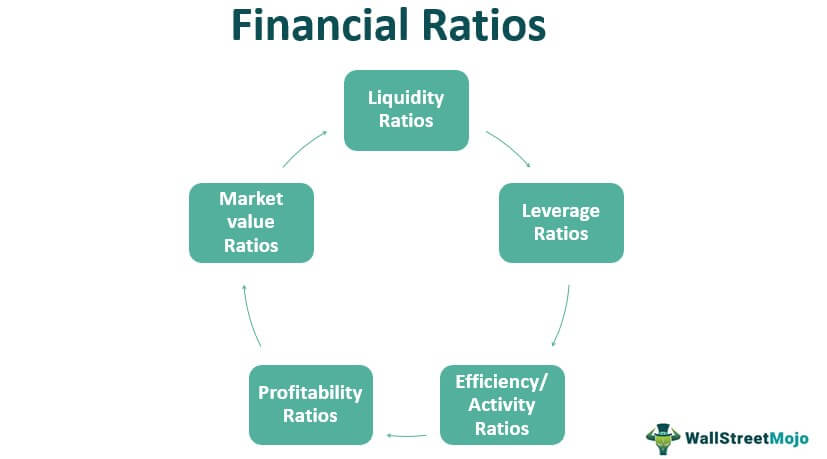The 3 Types of Financial Analysis: A Comprehensive Guide
Introduction to Financial Analysis
Financial analysis plays a crucial role in assessing the health and performance of a company. By examining financial statements and other relevant data, analysts can gain valuable insights into a company’s profitability, liquidity, and overall financial stability. There are three primary types of financial analysis that provide different perspectives on a company’s financial standing: What are the 3 types of financial analysis?
1. Horizontal Analysis
2. Vertical Analysis
3. Ratio Analysis
Horizontal Analysis
1. What is Horizontal Analysis?
Horizontal analysis, also known as trend analysis, involves comparing financial data over a specific period to identify patterns and trends. It evaluates changes in financial statement items, such as revenue, expenses, and assets, over time. The goal is to determine whether the company’s performance is improving or deteriorating.
2. How is Horizontal Analysis Performed?
To conduct horizontal analysis, financial analysts typically use comparative financial statements. These statements present financial data for multiple periods side by side, allowing for easy comparison. By calculating the percentage change between periods, analysts can assess the magnitude and direction of the changes.
3. Benefits of Horizontal Analysis
Horizontal analysis helps identify significant changes in financial data, enabling analysts to spot potential opportunities or issues. It provides insights into a company’s growth trajectory and helps assess its ability to generate consistent profits. Furthermore, it allows for benchmarking against industry peers, facilitating competitive analysis.

What are the 3 types of financial analysis?
Vertical Analysis
1. What is Vertical Analysis?
Vertical analysis, also called common-size analysis, focuses on the composition of financial statements. It involves expressing each item as a percentage of a base figure, usually sales or total assets. By doing so, analysts can evaluate the relative significance of different line items within a financial statement.
2. How is Vertical Analysis Performed?
To perform vertical analysis, analysts use common-size financial statements. These statements express each line item as a percentage of a base figure. For example, in an income statement, all expense items are expressed as a percentage of sales. In a balance sheet, all asset and liability items are expressed as a percentage of total assets.
3. Benefits of Vertical Analysis
Vertical analysis allows analysts to identify the relative importance of different components within a financial statement. It helps identify trends in a company’s cost structure and evaluate the impact of various expenses on profitability. Vertical analysis is particularly useful for comparing the financial performance of companies of different sizes or within the same industry.
Ratio Analysis
1. What is Ratio Analysis?
Ratio analysis involves calculating and interpreting financial ratios to assess a company’s financial performance, liquidity, solvency, and efficiency. Ratios provide a quantitative measure of various aspects of a company’s operations and financial health. Analysts use these ratios to compare a company’s performance over time or against industry benchmarks.

2. Common Types of Financial Ratios
There are several types of financial ratios that analysts commonly use, including profitability ratios (e.g., gross profit margin, return on investment), liquidity ratios (e.g., current ratio, quick ratio), solvency ratios (e.g., debt-to-equity ratio, interest coverage ratio), and efficiency ratios (e.g., inventory turnover ratio, asset turnover ratio).
3. Benefits of Ratio Analysis
Ratio analysis provides valuable insights into a company’s financial health and helps identify its strengths and weaknesses. It aids in understanding a company’s ability to generate profits, meet short-term obligations, and manage its debt. Ratio analysis also facilitates benchmarking against industry standards, enabling analysts to evaluate a company’s performance relative to its peers.
Conclusion
In summary, financial analysis encompasses several techniques that provide different perspectives on a company’s financial position. Horizontal analysis helps identify trends and patterns over time, while vertical analysis evaluates the composition and relative significance of financial statement items. Ratio analysis, on the other hand, offers a comprehensive assessment of a company’s financial performance and provides insights into its profitability, liquidity, solvency, and efficiency. By utilizing these three types of financial analysis, analysts can make informed decisions and recommendations, enabling businesses to navigate the complexities of the financial world successfully. https://cbdtax.com.au/ashfield-bookkeeping-services/

